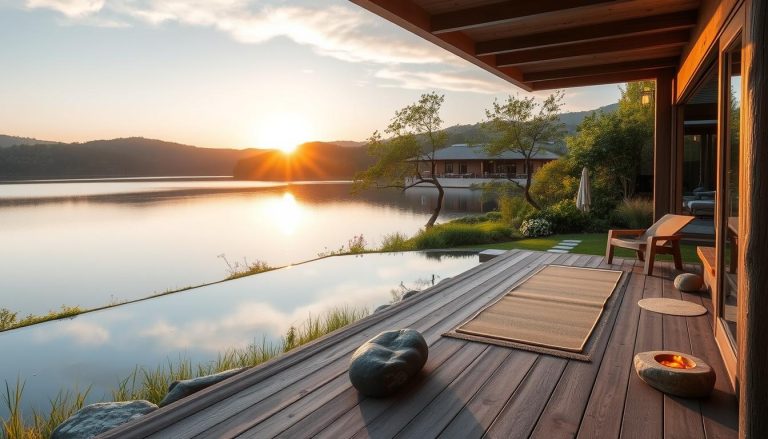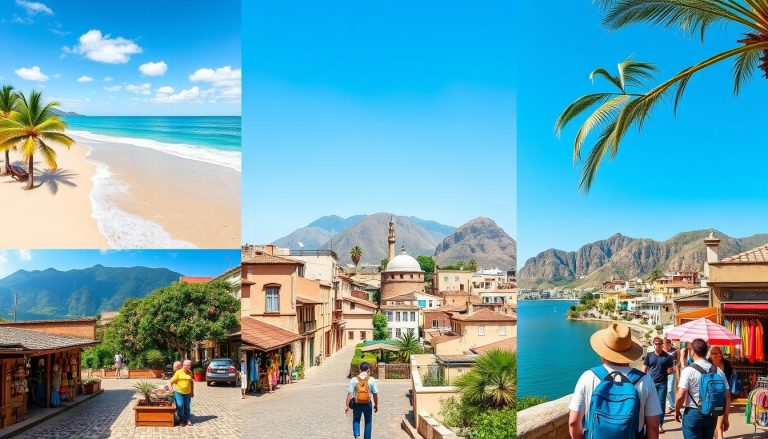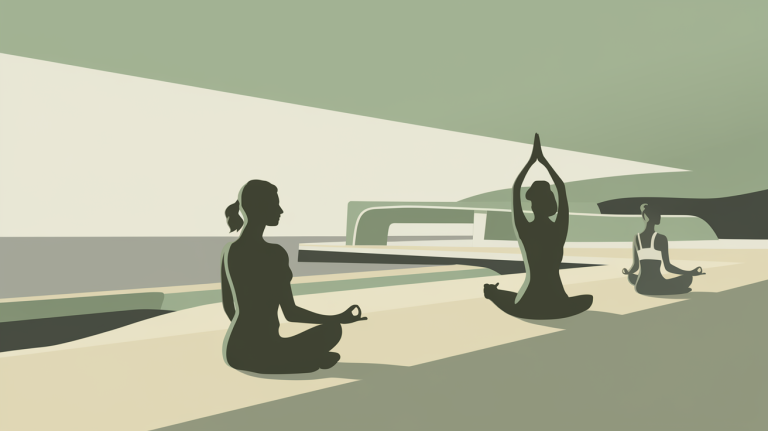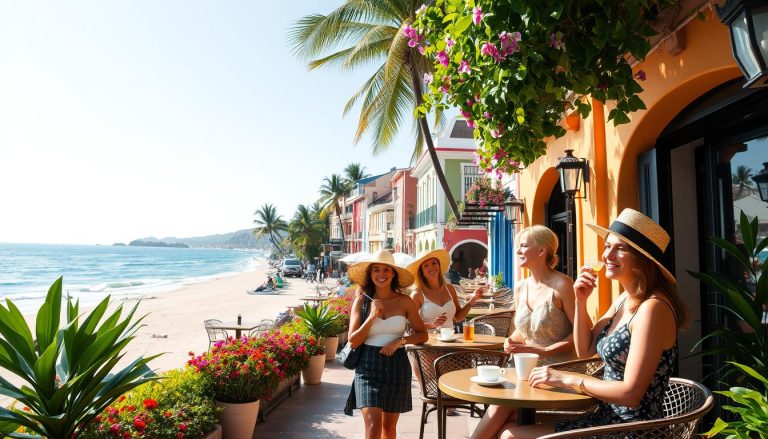Iceland Hot Springs Guide: Secret Pools, Photography & Packing Tips
This page may contains affiliate links. We may earn a commission for purchases made at no additional cost to you. The content on this website was created with the help of AI.
Imagine yourself suspended between earth and sky, surrounded by volcanic landscapes, steam rising around you as you soak in a geothermal pool that seems to have been crafted by nature’s own hand. Iceland’s hot springs aren’t just bodies of water—they’re portals to another world, where geology, relaxation, and raw natural beauty collide in the most spectacular way possible.
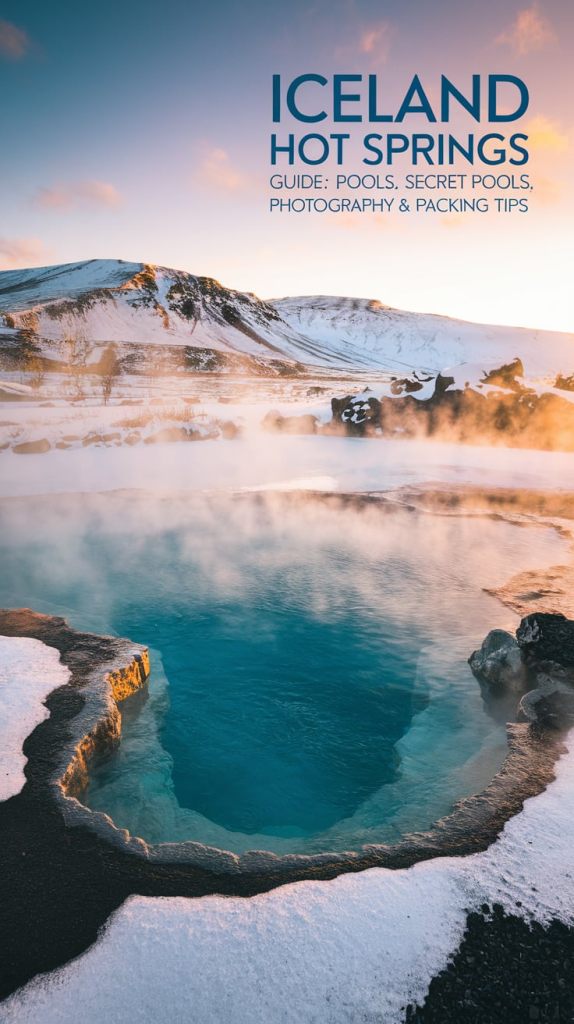
1. Understanding Iceland’s Geothermal Wonderland
Iceland sits on a geological marvel—a volcanic hotspot where the North American and Eurasian tectonic plates meet. This unique positioning creates a landscape dotted with natural hot springs, geysers, and thermal pools that have been attracting travelers, scientists, and adventurers for centuries.
1.1 Geothermal Basics
- Geological Origins
- Volcanic activity
- Tectonic plate boundaries
- Underground heat sources
- Types of Hot Springs
- Natural outdoor pools
- Developed thermal baths
- Wild, untouched springs
- Developed resort springs
- Temperature Ranges
- 37-40°C (98-104°F): Comfortable soaking
- Some springs reach up to 100°C (212°F)
- Varying mineral content
Geological Insights:
- Over 130 volcanic mountains
- Active volcanic system
- Constant geological movement
- Unique mineral compositions
Picture this: A landscape where steam rises from the ground, creating an otherworldly environment where the earth literally breathes with heat and energy.
2. Top Hot Springs: From Famous to Hidden Gems
Iceland offers a diverse range of hot spring experiences, from world-famous locations to secret pools known only to locals and adventurous travelers.
2.1 Hot Spring Categories
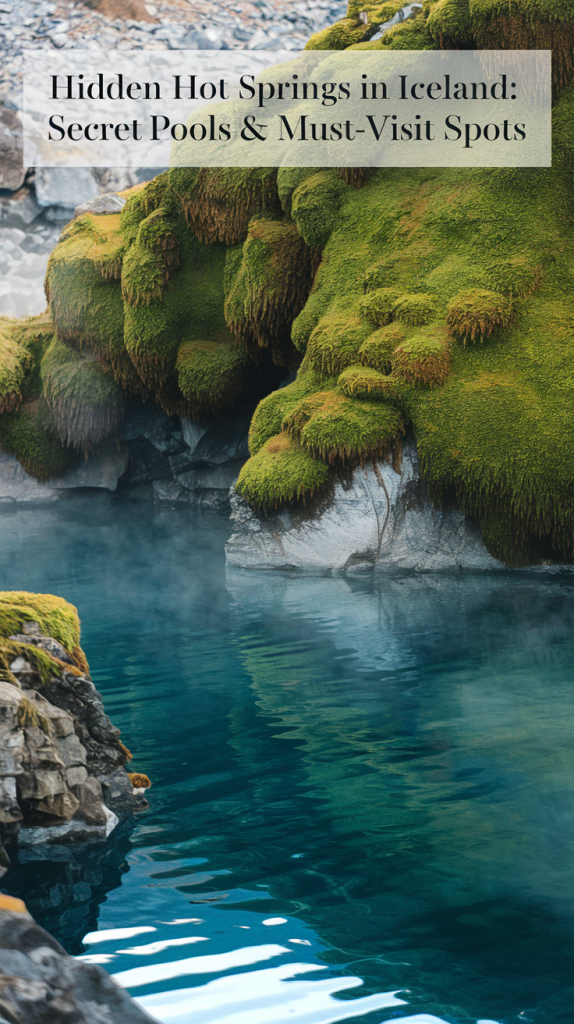
- Most Famous
- Blue Lagoon
- Secret Lagoon
- Mývatn Nature Baths
- Landmannalaugar Hot Springs
- Hidden Local Gems
- Seljavallalaug
- Reykjadalur Hot Spring River
- Landbrotalaug
- Drangsnes Hot Pots
- Off-the-Beaten-Path Springs
- Remote mountain pools
- Wilderness hot springs
- Less-developed locations
Exploration Strategies:
- Research local guidelines
- Respect environmental regulations
- Bring appropriate gear
- Check accessibility
- Understand safety requirements
Picture this: A hidden hot spring nestled between moss-covered volcanic rocks, steam rising into the crisp Icelandic air, with nothing but untouched wilderness surrounding you.
3. Photography Tips: Capturing Hot Spring Magic
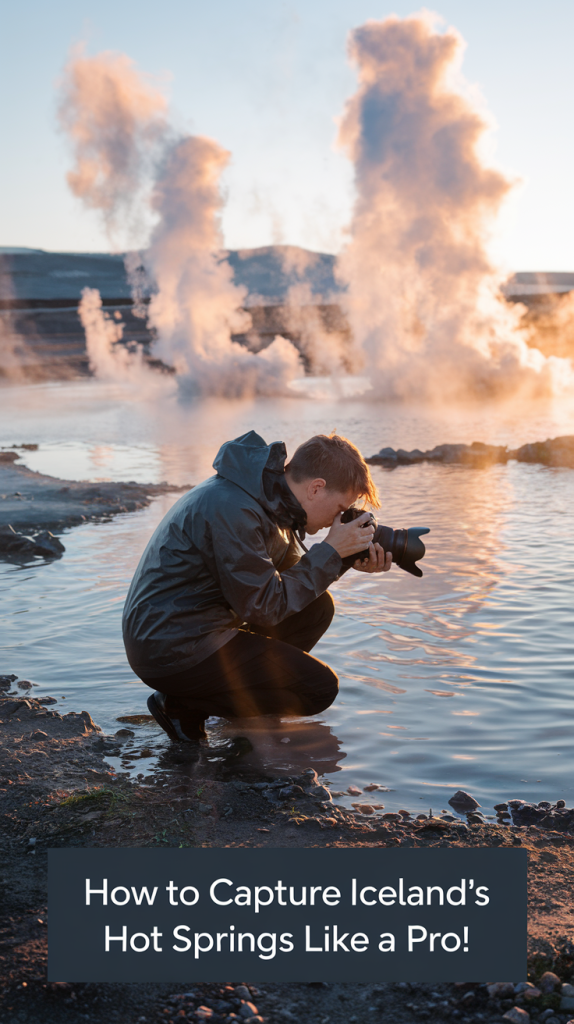
Photographing Iceland’s hot springs requires more than just technical skill—it demands an understanding of light, landscape, and the ethereal quality of geothermal environments.
3.1 Photography Techniques
- Lighting Considerations
- Midnight sun
- Golden hour
- Low-light conditions
- Dramatic sky backgrounds
- Composition Strategies
- Include landscape context
- Capture steam effects
- Use leading lines
- Show scale and perspective
- Technical Recommendations
- Weather-sealed camera
- Wide-angle lens
- Tripod for low-light shots
- Neutral density filters
Photography Gear Tips:
- Protect equipment from moisture
- Bring extra batteries
- Use waterproof camera bag
- Consider lens heating solutions
- Bring cleaning equipment
Picture this: A perfectly composed photograph where steam dances above a thermal pool, volcanic mountains in the background, capturing the magical essence of Iceland’s geothermal landscape.
4. Packing and Preparation: Hot Spring Essentials
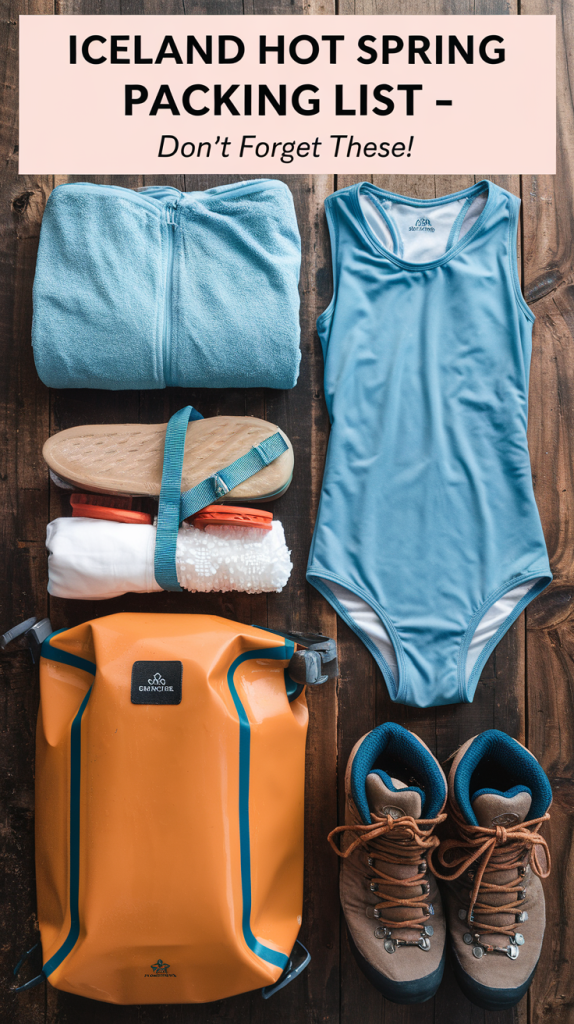
Successful hot spring exploration requires careful preparation and the right gear. Your packing list can make the difference between an amazing experience and a challenging adventure.
4.1 Packing Checklist
- Swimwear
- Quick-dry materials
- Dark colors recommended
- Multiple options
- Thermal swimwear for cold conditions
- Towels and Changing
- Microfiber towels
- Waterproof changing robe
- Dry bag
- Warm changing solutions
- Additional Gear
- Water-resistant outer layer
- Thermal underwear
- Waterproof hiking boots
- Swimsuit cover-up
Preparation Strategies:
- Layer clothing
- Bring multiple clothing options
- Consider temperature variations
- Pack lightweight, versatile items
- Prioritize moisture-management
Picture this: A perfectly packed bag that anticipates every possible hot spring scenario, from remote wilderness pools to developed thermal resorts.
5. Responsible Hot Spring Etiquette
Experiencing Iceland’s hot springs comes with a responsibility to preserve these delicate natural environments and respect local customs.
5.1 Ethical Guidelines
- Environmental Considerations
- No soap or chemicals
- Pack out all trash
- Stay on designated paths
- Minimize environmental impact
- Cultural Respect
- Follow local rules
- Understand nudity expectations
- Respect other bathers
- Learn basic local customs
- Safety Protocols
- Check water temperature
- Never enter unfamiliar springs alone
- Understand potential risks
- Carry emergency communication
Responsible Travel Principles:
- Leave no trace
- Respect local environments
- Prioritize safety
- Learn and appreciate local culture
- Minimize personal impact
Picture this: Travelers moving through these magical landscapes with respect, wonder, and a deep commitment to preserving the natural beauty that makes Iceland so extraordinary.
Iceland’s hot springs are more than just bodies of water—they’re living stories, geological poetry, and portals to understanding the raw, untamed beauty of our planet. Each pool tells a story of volcanic energy, of geological time compressed into a moment of pure, transformative experience.
Are you ready to immerse yourself—quite literally—in the magical world of Iceland’s hot springs? Your adventure awaits, one steamy, mineral-rich pool at a time.



